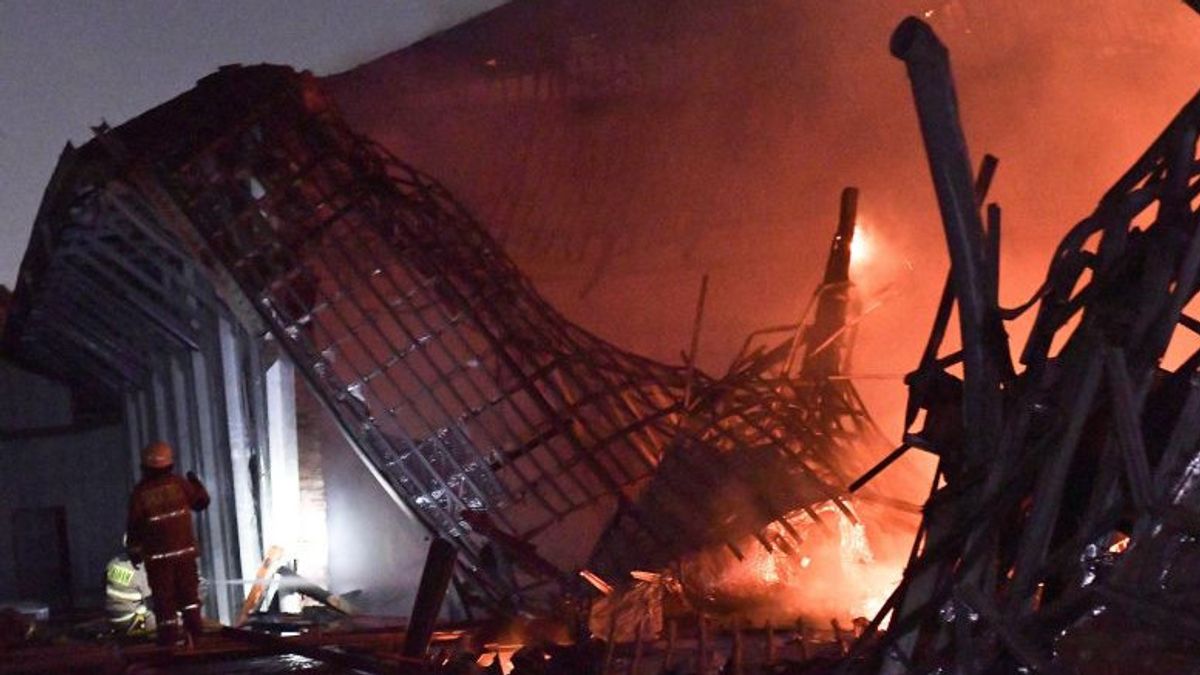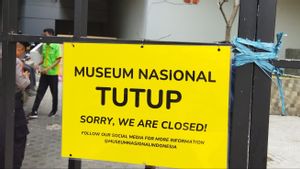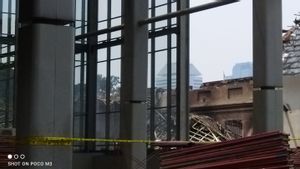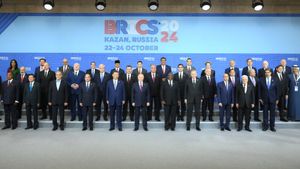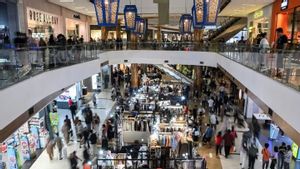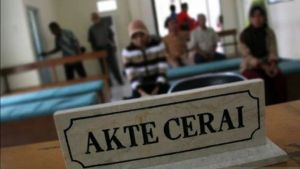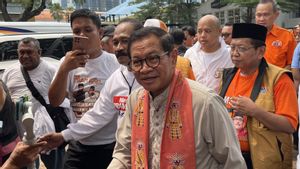JAKARTA - Member of the Indonesian House of Representatives Putu Supadma asked the police to immediately investigate the cause of the fire at the National Museum, Jakarta, considering that currently the provisional estimate is still due to a short circuit in the electricity from the team in the rear renovation area of Building A.
He also asked related institutions to immediately record the impact and amount of losses due to the fire incident.
"And what's even more important is the number of museum collections that caught fire," said Putu Supadma, quoted by Antara in Jakarta, Sunday, September 17.
He assessed that the fire at the National Museum on Saturday (16/9) night was a momentum to strengthen the protection of the museum along with its governance.
Putu, who is the Chair of the Indonesian Museum Association, also hopes that the central government and local governments can provide insurance assistance, especially to the safety of buildings and historical items from possible risks, such as fires.
He continued that the scope of museum management regulations also needed to be comprehensive. The reason is, this provision is the basis for museum governance and development, including the development of human resource capacity, management which also includes building safety aspects and museum collections.
"For this reason, the Indonesian Museum Association hopes that the DPR RI and the government will immediately discuss the Bill (Creation of Law) on the Summation," said Putu Supadma.
SEE ALSO:
On the same occasion, Putu also assessed the need to form a National Summary Agency. He explained that the agency could help the government protect and increase the use of collections of historical objects belonging to more than 500 museums in Indonesia.
The National Museum, which is also popularly known as the Elephant Museum, occupies an area of 26,500 square meters on Jalan Medan Merdeka Barat, Jakarta, and is divided into buildings A and buildings B.
Building A is the main exhibition space for the collection of historical objects, while building B consists of offices, conference rooms, laboratories, and libraries.
There are at least 140,000 more historical objects collected by the National Museum. The objects are divided into seven categories, namely archeology, ethnography, geography, ceramics, numerical and heladic, prehistoric, and historical.
The English, Chinese, Japanese, Arabic, and French versions are automatically generated by the AI. So there may still be inaccuracies in translating, please always see Indonesian as our main language. (system supported by DigitalSiber.id)
